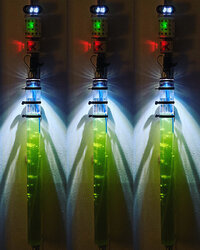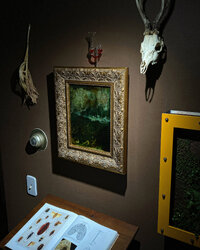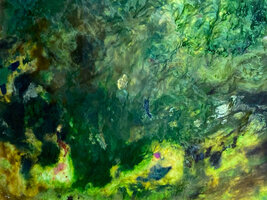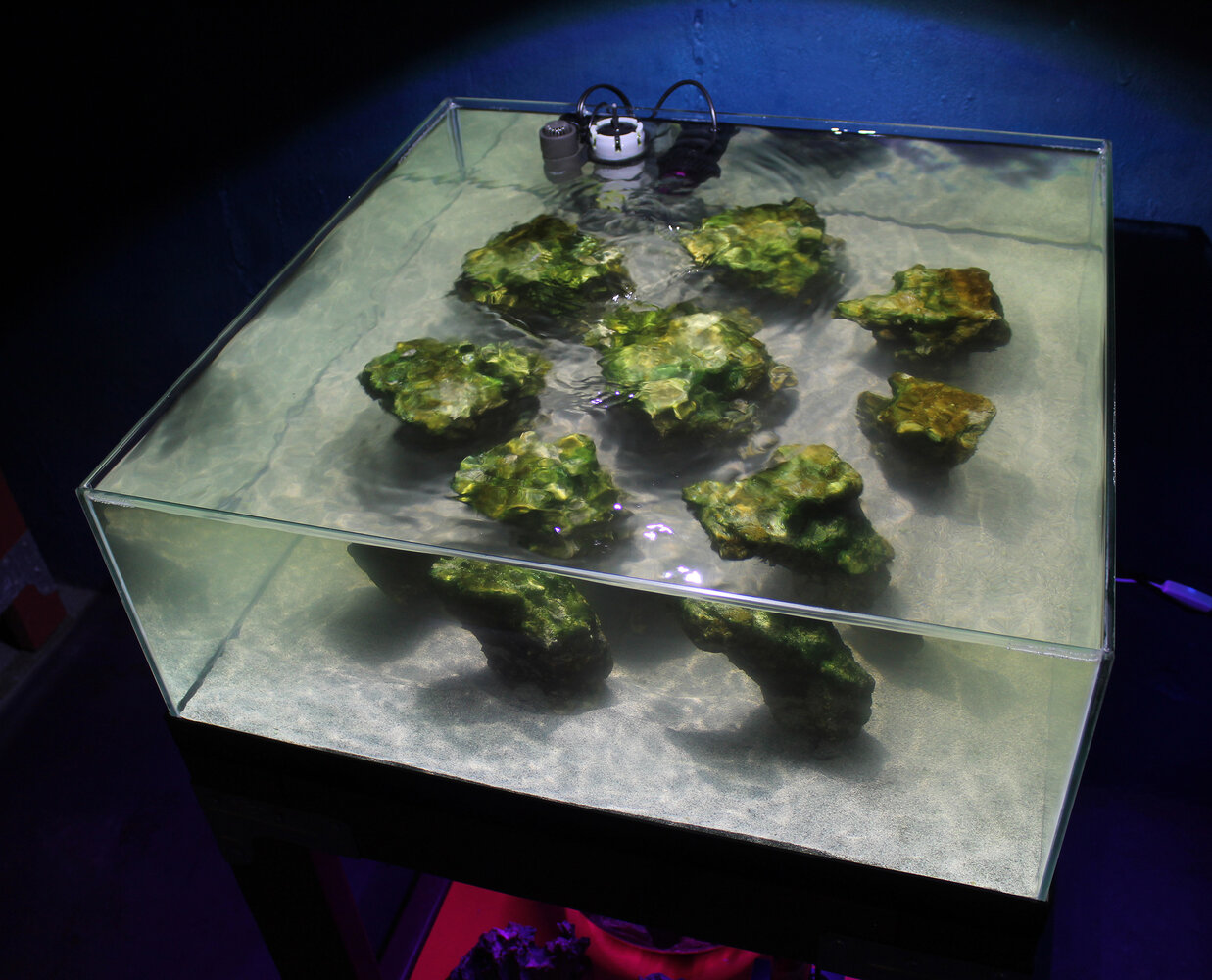What an interesting tank, I love the thought process, ingenuity and the perspective you have approached it.
I imagine the you will/have learnt substantially more trying to grow cyanobacteria than many ever will in trying to rid their tanks of it.
I would posit that, in some fashion, a mini evolution takes place in most planted tanks as bacteria and algea come and go, replacing each other as conditions alter changed even by their own presence, and that this mini evolution is necessary in order to achieve balance.













































